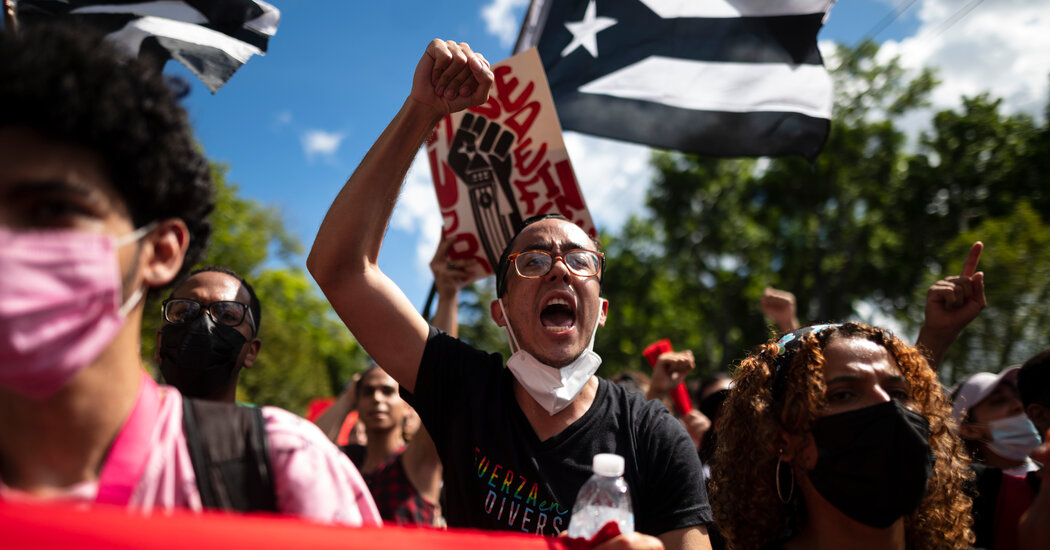The plan restructures $33 billion in debt nearly five years after Puerto Rico became the first U.S. state or territory to essentially declare bankruptcy.
MIAMI — Puerto Rico received approval from a federal judge on Tuesday to leave bankruptcy under the largest public sector debt restructuring deal in the history of the United States, nearly five years after the financially strapped territory declared that it could not repay its creditors.
Since Puerto Rico entered bankruptcy, its economic crisis has only been further deepened by Hurricanes Irma and Maria, a series of earthquakes and the coronavirus pandemic.
The restructuring plan will reduce the largest portion of the Puerto Rico government’s debt — some $33 billion — by about 80 percent. The deal will also save the government more than $50 billion in debt payments.
“Today begins a new chapter in PR’s history,” the oversight board that has overseen Puerto Rico’s finances since 2016 wrote on Twitter on Tuesday afternoon.
The unelected board, which was created by Congress, is not well loved in Puerto Rico, where many of the island’s more than three million people refer to it as “la junta.” Critics worry that Puerto Rico will not have enough money in its general fund to make even the reduced debt payments over the long run, eventually forcing more painful economic austerity measures.
When the territory entered bankruptcy in May 2017, it had more than $70 billion in bond debt and more than $50 billion in unfunded pension obligations to public workers. The bankruptcies of other public entities, including the Puerto Rico Electric Power Authority, remain unresolved.
“The agreement, while not perfect, is very good for Puerto Rico and protects our pensioners, university and municipalities that serve our people,” Gov. Pedro R. Pierluisi said in a statement. “We still have a lot of work ahead of us.”


























